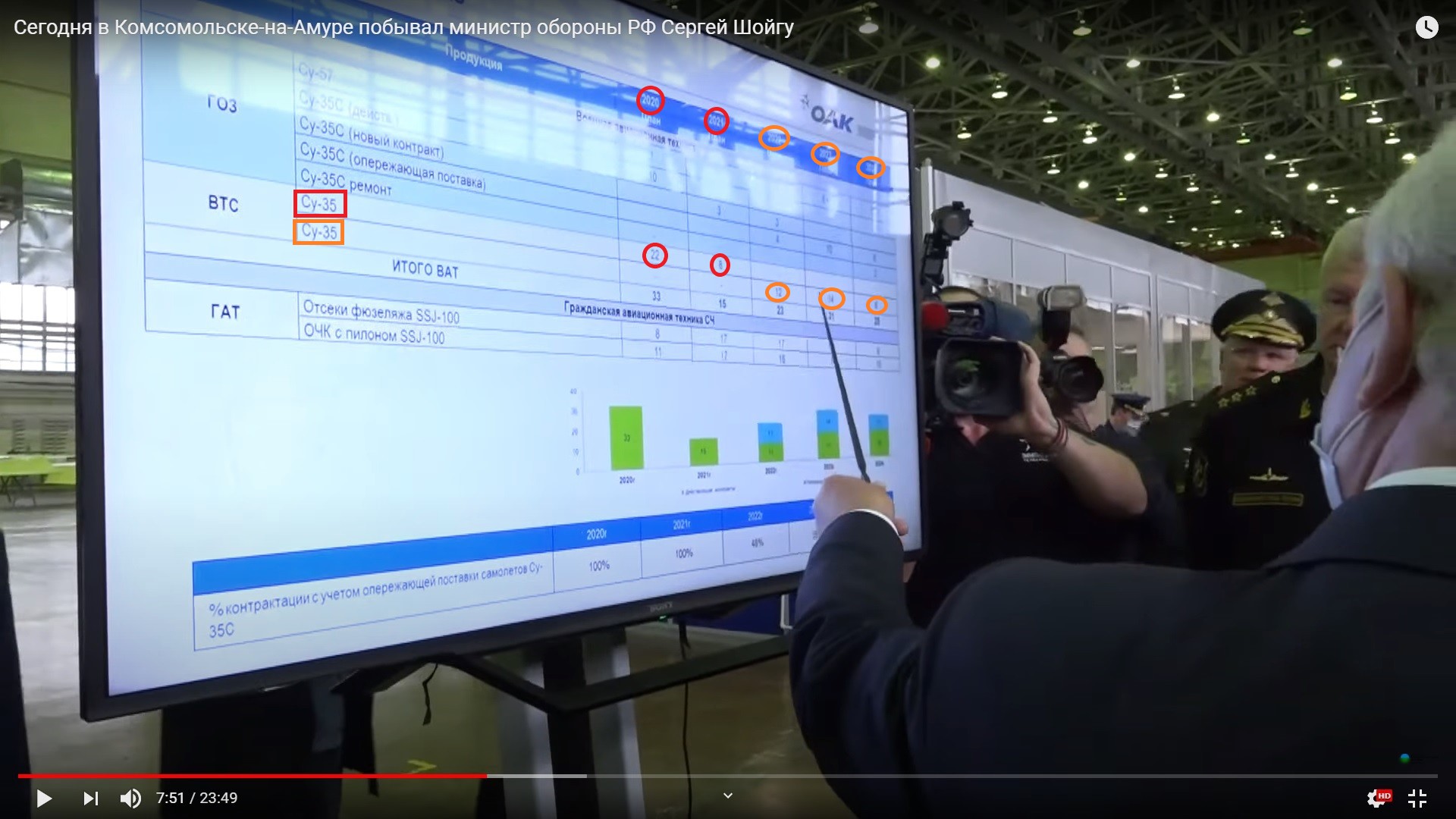There are many types of corner reflectors such as dihedral and trihedral that have various intensity based on line of sight (LOS) and shape or degrees of corner reflector.
@StealthFlanker as well as Steven Rogers, you both commented that the source/image I posted would have to have a bistatic radar to work. Okay
I will post an obtuse corner reflector using monostatic radar measured by synthetic aperture radar (SAR).
View attachment 55861
Clearly a abuse angle is very visible to radar. The LOS is the most important factor as the illustration above shows the transmitter/receiver is sending out and receiving a signal. The ‘double bounce’ and various reflectors is for illustration only, they are real and there is more then just a ‘double bounce’ with certain corner reflectors but people overlook the obvious, the X Y axis of 0. Any corner reflector will be picked up on radar if the angles are right. While Intensity will vary on the types of corner reflectors.
Like this, which shows a 90 degree corner, which has the ‘double bounce, but also pay attention to the part in red:
View attachment 55862


